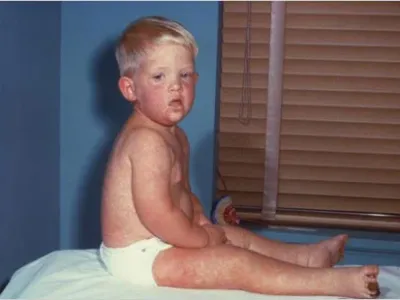The outcomes of out-of-hospital cardiac arrest (OHCA) were poorer in the United States during the beginning of the COVID-19 pandemic than before—even in counties with low case-fatality rates, according to a study published Nov 14 in JAMA Cardiology.
Led by researchers at Saint Luke's Mid America Heart Institute in Kansas City, Missouri, the study compared rates of sustained return of spontaneous circulation (ROSC)—a measure of restored heart function—and survival until hospital release in the Cardiac Arrest Registry to Enhance Survival from Mar 16 to Apr 30 with those of the same period in 2019.
Rates of ROSC for at least 20 minutes were 18% lower than before the pandemic, falling 11% to 15% even in communities with modest COVID-19 death rates. Rates of survival to hospital release were 17% lower, mostly in counties with medium to high coronavirus death rates, while the incidence of OHCA was higher, but mainly in areas that had high COVID-19 death rates.
In the study period in 2019, 9,440 OHCAs were recorded, compared with 9,863 in 2020. Rates of ROSC were 23.0% in 2020, down from 29.8% in 2019. ROSC rates were 21% lower in 2020 than in 2019 in counties with high COVID-19 case-fatality rates (20.0% vs 27.0%) and lower by 33% in counties with very high coronavirus death rates (17.3% vs 28.8%) when the researchers used an adjusted rate ratio.
But ROSC rates were also lower, by 11%, in 2020 than in 2019 (25.2% vs 29.0%) in counties with very low COVID-19 death rates and lower by 15% (25.4% vs 31.4%) in areas with low death rates.
Survival to hospital release was also lower during the pandemic than in 2019 (6.6% vs 9.8%) in 7,085 patients served by county emergency medical services agencies with complete data, mainly in areas with moderate to very high coronavirus death rates. While the incidence of OHCA was higher in 2020 than in 2019, the rise was seen mostly in areas with high or very high COVID-19 death rates, where OHCAs jumped 52%.
Racial disparities, termination of resuscitation
There were no significant differences in OHCA rates by age or sex, but more black patients had OHCAs in 2020 than in 2019 (28% vs 22.6%). Blacks were also more likely to have asystole (flatlining) on ambulance arrival (59.6% vs 53.7%), go into cardiac arrest in a home (74.9% vs 69.8%), and have the cause of the cardiac arrest recorded as "other," which included suspected coronavirus infection (4.4% vs 1.4%).
In the study, overall rates of termination of resuscitation in the field in 2020 were 53.9%, versus 39.9% in 2019, and were 27% higher after model adjustment. Termination rates increased the most in counties with high and very high COVID-19 death rates (adjusted risk ratio, 1.40 and 1.83, respectively). However, terminations were also 12% to 24% higher in communities with the lowest case-fatality rates.
"First, we found that rates of sustained ROSC were lower in all communities, even in those with low COVID-19 mortality rates, where OHCA incidence was only marginally higher," the authors wrote. "Second, in the 60% of EMS agencies with complete data on survival to discharge, we found that rates of survival to discharge were lower, primarily in communities that were moderately to severely affected by COVID-19."
Possible reasons for poor outcomes
The authors noted that the proportion of witnessed OHCAs, bystander cardiopulmonary resuscitation or defibrillator use, and median time from 911 call to emergency services arrival were comparable in both years and thus could not account for their findings.
But reasons for the results could include the large decreases in hospitalizations for heart attack, heart failure, and noncardiac conditions in the pandemic and delayed care due to fear of infection, which may have boosted at-home cardiac arrest and death rates, the researchers said.
They added that the low ROSC rates could have been the inadvertent result of Centers for Disease Control and Prevention and American Heart Association COVID-19 protocols meant to protect healthcare workers.
The guidelines call for screening 911 calls for likelihood of patient coronavirus infection, limiting the number of emergency personnel at the initial response, pausing chest compressions during aerosolizing procedures such as intubation, limiting bag-mask ventilation if specialized filtration isn't available, and not taking patients to the hospital without ROSC.
"Many of these recommendations are believed to be essential for protecting frontline health care workers from unnecessary exposure in communities severely affected by the COVID-19 pandemic but may also decrease the likelihood of a successful resuscitation," the authors wrote. "Whether these recommendations may have been implemented more broadly [in] communities severely affected by COVID-19 and whether such practices affected rates of successful resuscitation deserve further study."























